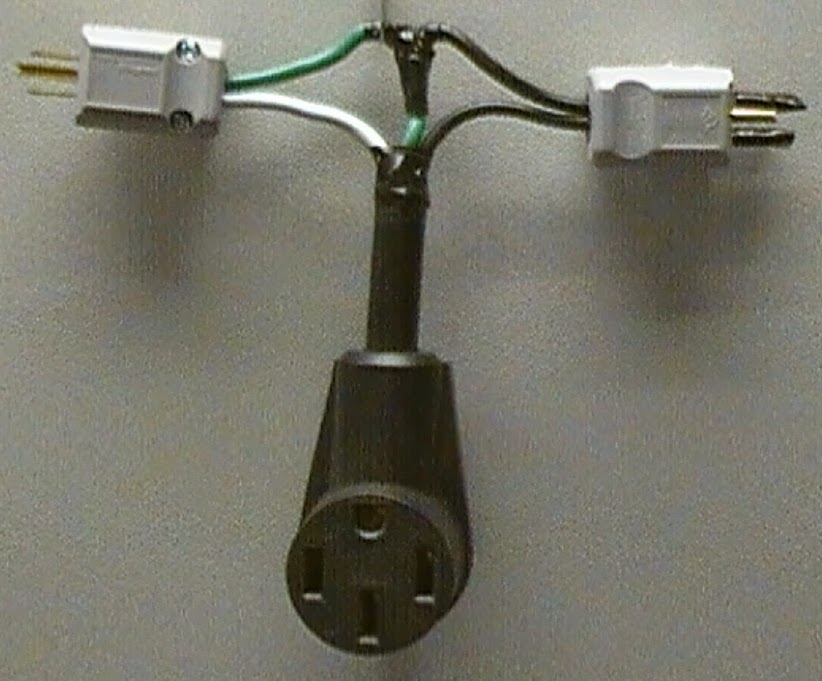I built this circuit. Using a Nema 6-50 outlet. It works perfectly unless I plug it into GFCI outlets. They trip as soon as the charging adaptor is plugged in. Is there a way around this?
I plan on taking a trip in a week. Most all hotel outdoor outlets are GFCI so I need it to work with GFCI outlets. Is that possible?
Thanks in advance.
Ray
I plan on taking a trip in a week. Most all hotel outdoor outlets are GFCI so I need it to work with GFCI outlets. Is that possible?
Thanks in advance.
Ray

